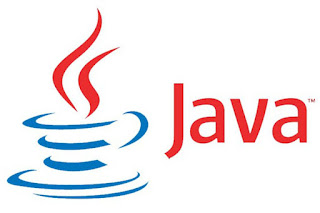Java LinkedList class in Collection

Java LinkedList class in Collection -- LinkedList class uses doubly linked list to store the elements and data. It provide a linked-list data structure.get free coins thetechieking -- It inherits the AbstractList class and implements List and Deque interfaces in java. -- LinkedList class is non synchronized. -- LinkedList class follow insertion order. -- LinkedList class can allow duplicate elements to store data. -- manipulation is faster than ArrayList because no shifting needs. Declaration of LinkedList class in java : -- public class LinkedList<E> extends AbstractSequentialList<E> implements List<E>, Deque<E>, Cloneable, Serializable Constructors of Java LinkedList : LinkedList() LinkedList(Collection c) Methods of LinkedList class : 1) boolean add ( Object element ) : -- It appends the element to the end of the list. 2) void add ( int ...





